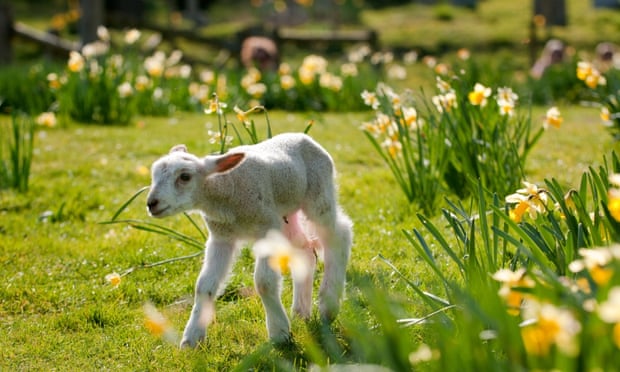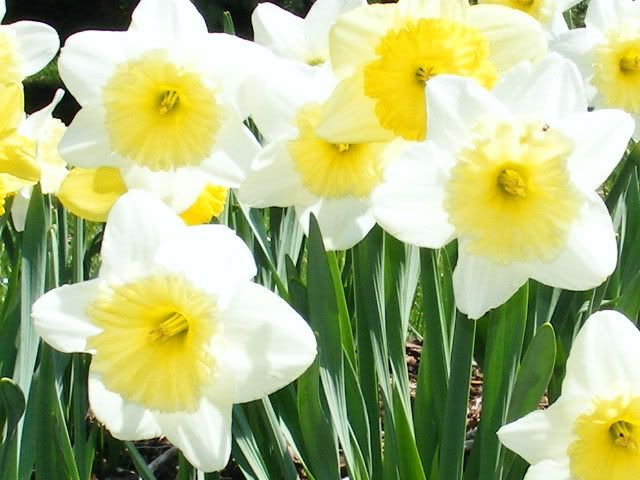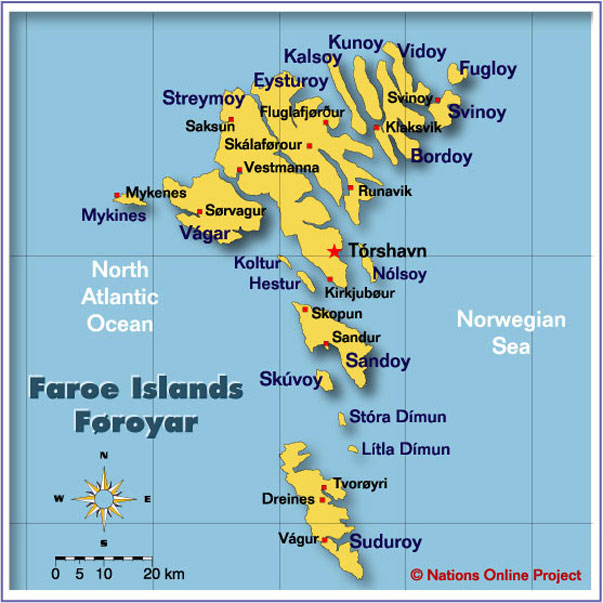Well, it's time to say goodbye to winter....


We've had a good time with lots of great memories and holidays, but it's time for Spring!!
It's time for:
Spring Break!
April's Fool's Day
Easter
Earth Day
Cinco De Mayo
Mother's Day
Memorial Day
Graduations
Spring officially begins at 3:45 PM PDT/6:45 PM EDT on Friday March 20, 2015!
At this precise time, the sun will cross directly over the Earth's equator.
For the Northern Hemisphere, this is the beginning of the Vernal Equinox and for the Southern Hemisphere, it is the beginning of the Autumnal Equinox.
Equinox means "equal night" which means day and night are equal all over the world on this day!



On this day, three special events will occur:
1. First day of Spring (Vernal Equinox)
2. A total eclipse will occur and there will not be another until August 21, 2017!
3. A Supermoon will make an appearance
What is a total eclipse?
According to National Geographic...
A total eclipse occurs when the moon comes between Earth and the sun, casting a lunar shadow onto the Earth’s surface along a narrow, 62-mile-wide (100-kilometer) path. Because this “black hole” effect lasts for only a couple of minutes, totality ends up being a truly rare event for any single spot on Earth—occurring about once every three centuries for each geographical location.
Want a chance to see the total eclipse?
You'll need to hop a flight to the Faroe Islands in Denmark for the best view!!
Total duration of the eclipse: 2 minutes and 4 seconds

DID YOU KNOW:
It is extremely rare for a total eclipse to happen on the same day as the Vernal Equinox. In fact, this will not happen again until 2034!!
The sun will also be covered by a supermoon (from National Geographic):
the sun will be covered by a supermoon, which occurs when the moon is at its perigee, or closest distance to Earth. That makes the moon’s disk appear about 15 percent bigger than average. Most sky-watchers won’t be able to see this supermoon, however. Since a solar eclipse can occur only during a new moon, the supermoon will be visible during the eclipse just as a silhouette in front of the solar disk.
So go out and soak up some sun...
...Then find a beautiful path and go for a springtime run!
Happiness Is Running Life!
xo,
Natalie


